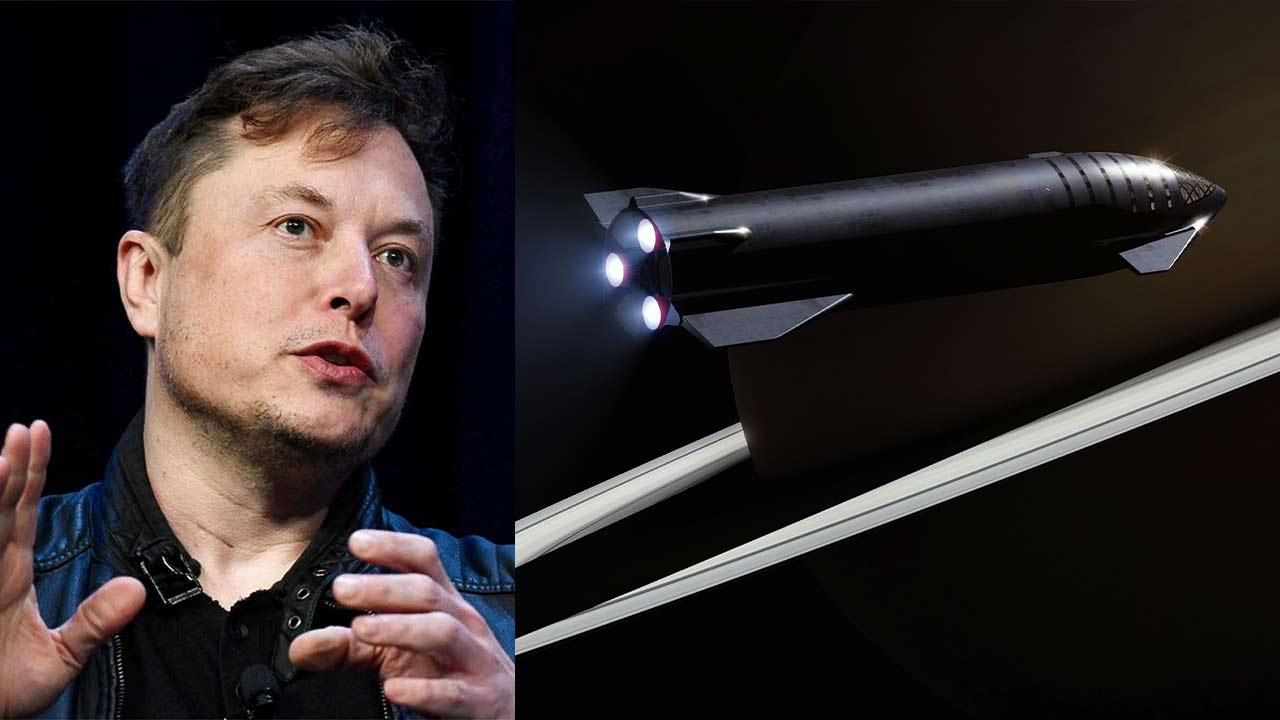Elon Musk teases consumable version of SpaceX’s reusable Starship rocket SpaceX CEO Elon Musk says the company may eventually develop a consumable version of its next-generation Starship rocket.
Starship is extraordinarily ambitious. Even before considering the unproven concepts of orbital propellant refilling and full, rapid reusability that are central to the entire system, Starship is a beast. The rocket is 120 meters (~390 ft) tall and is theoretically capable of producing up to 7590 tonnes (~16.7M lbf) of thrust at sea level.
It is bigger, longer, heavier and more powerful than any other launch vehicle in history. 33 Raptor 2 engines power Starship’s Super Heavy Booster – more than any other rocket. Once optimized, SpaceX says Starship can launch up to 150 tons (330,000 pounds) into low Earth orbit, while still recovering the orbital vehicle and suborbital booster for reuse.
CEO Elon Musk has said that Starship’s reusability will eventually take hours, enable multiple flights per day for each ship and booster, and reduce the marginal cost of each launch to just a few million dollars. In comparison, SpaceX’s workhorse Falcon 9 rocket uses the simpler Merlin 1D engine, which has just 10 of those engines for Starship’s 39 Raptors, produces about 10 times less thrust at liftoff, and its overhead The stage can launch about 11% more payload.
Nevertheless, Musk reported in mid-2020 that the marginal cost of a Falcon 9 launch was $15 million – impressively low but still a clear demonstration of how far Starship has to go. Just making sure Starship can reach orbit is a huge challenge. Successfully recovering Starship and Super Heavy after the fact can be a major challenge and may not be fully demonstrated until the rocket reaches a persistent orbit.
SpaceX won’t be able to reuse Starship until it can consistently recover ships and boosters from orbital launches. And there’s no guarantee that early prototypes will be reusable, even if they are recovered. Until reusability is demonstrated, each “Starship upper stage” will be functionally expendable, whether Elon Musk wants it or not. Musk likely means SpaceX may decide to develop a custom-built Starship upper stage for expendable missions.
Such a stage is likely to take the starship, remove everything extraneous and reduce its mass as much as possible. Musk had previously proposed something similar, noting that SpaceX could develop the Expendable, a “lightweight” version of Starship “without a heat shield or wings/feet” for interplanetary launches. While SpaceX is closer than ever, it has never attempted to launch an orbital Starship or reuse a Starship.
In contrast, SpaceX’s Starbase factory is already building several intentionally expendable starships. Ship 26 and Ship 27 have no thermal protection, no heat shield tiles, and will not be fitted with flaps, making them impossible to recover or reuse. More likely than not, they will be used to test other critical Starship technologies such as orbital refilling and cryogenic fluid management.
Meanwhile, SpaceX’s multibillion-dollar contract to use Starship to return NASA astronauts to the Moon revolves around a depot ship version that will store propellant in orbit and not be returned to Earth. Could The first few Starship moon landers may also be functionally expendable and only used for an astronaut landing presence. In short, SpaceX already has extensive plans to build variants of the Starship that are either fully expendable or can only be reused in orbit.
In early 2023, SpaceX updated the Starship section of its website, revealing that a cost-effective version of the rocket would be able to launch up to 250 metric tons (~550,000 pounds) into low Earth orbit in a single launch. The next most capable expensive rocket, the Saturn V, can launch up to 118 tonnes (~260,000 lb) to LEO and can cost $1–2 billion per launch. That SpaceX publicly advertises the cost-effective performance of Starship is a surprising confirmation that the company is considering all the capabilities of its new launch system.
And the expendable capabilities of the starship are significant. Built in pieces over dozens of launches, the International Space Station weighs approximately 420 tonnes (~925,000 lb). The two expandable Starships could launch more usable mass to LEO – if SpaceX can make Starship launches consistent and regular it’s truly revolutionary.
